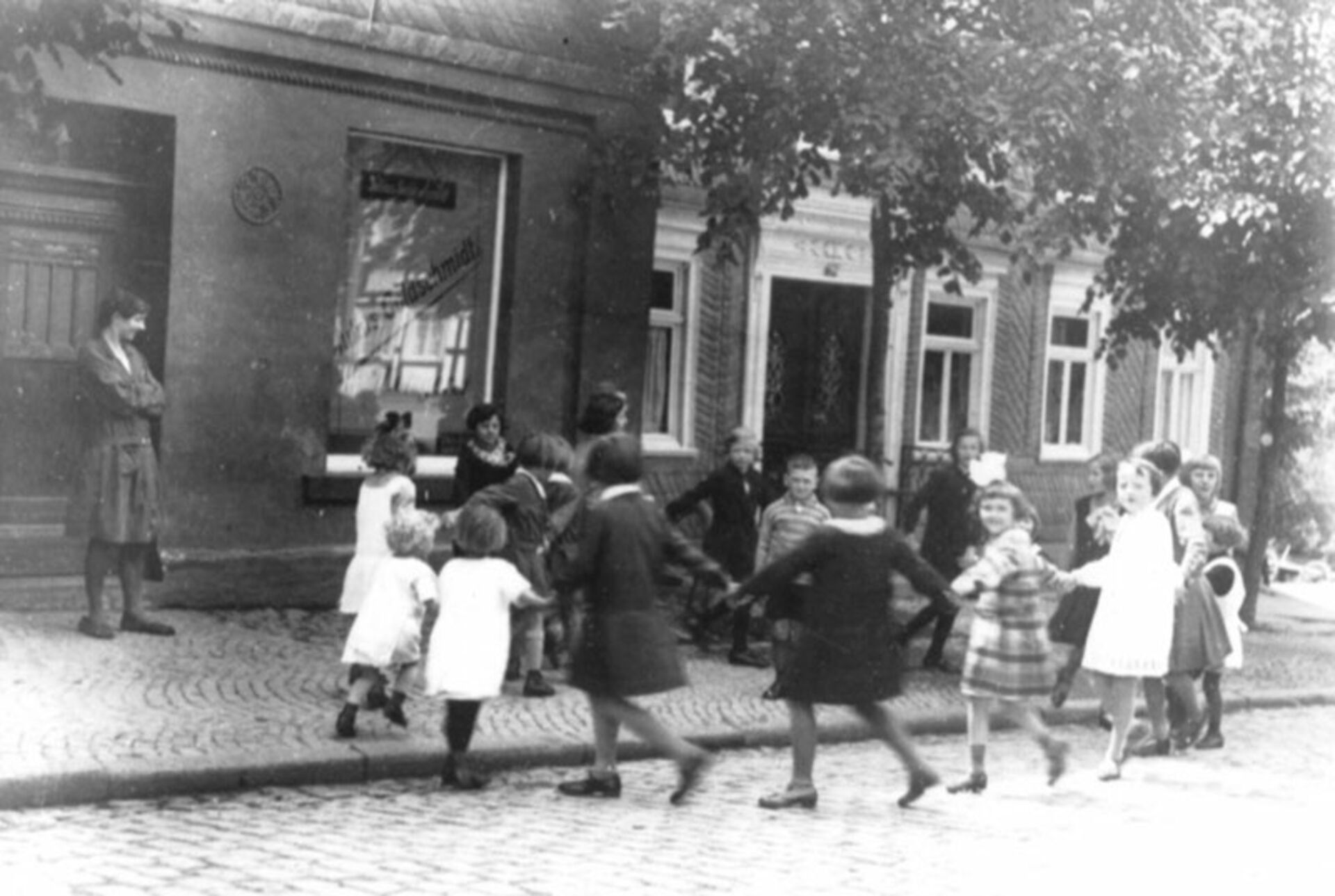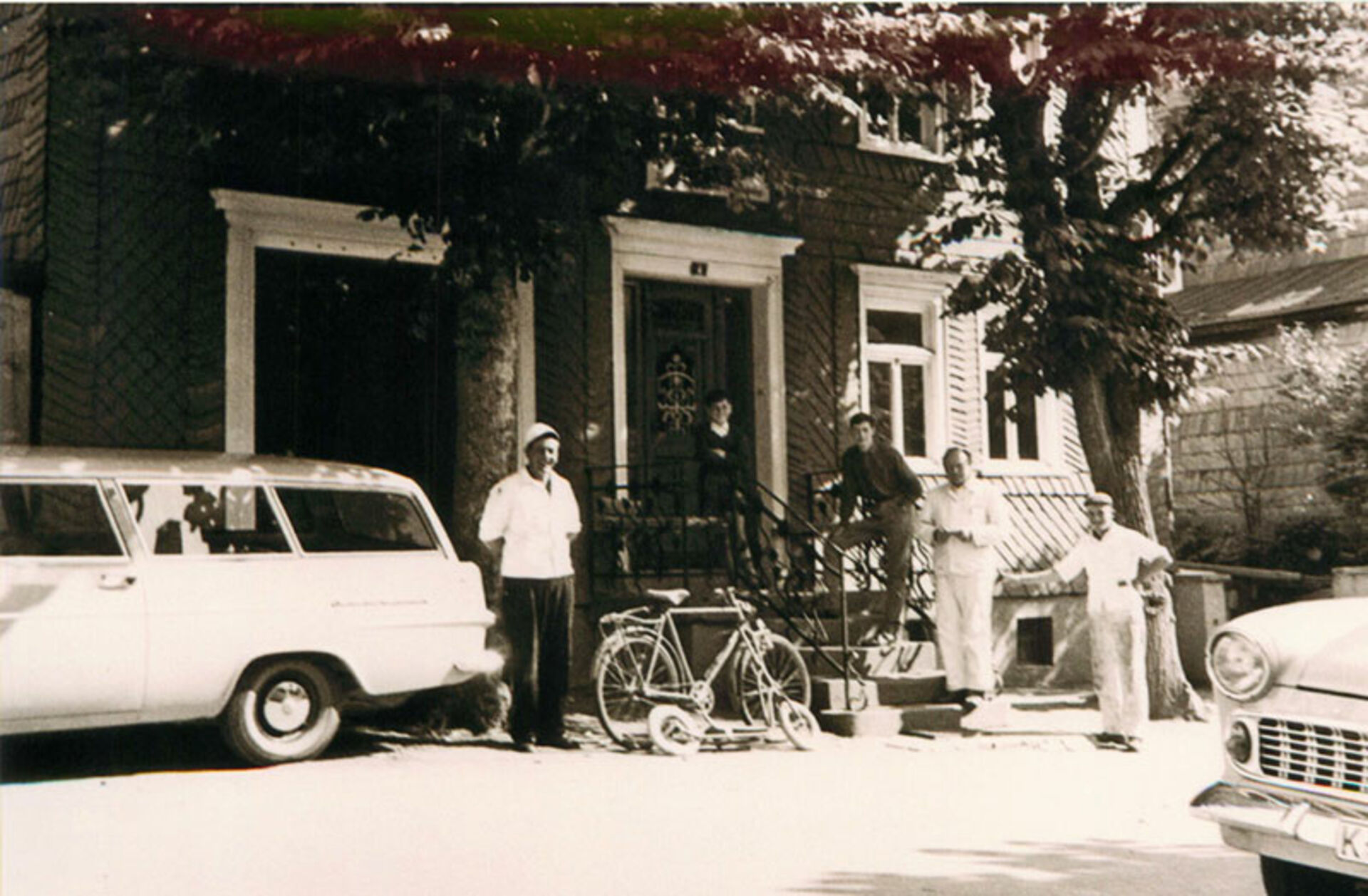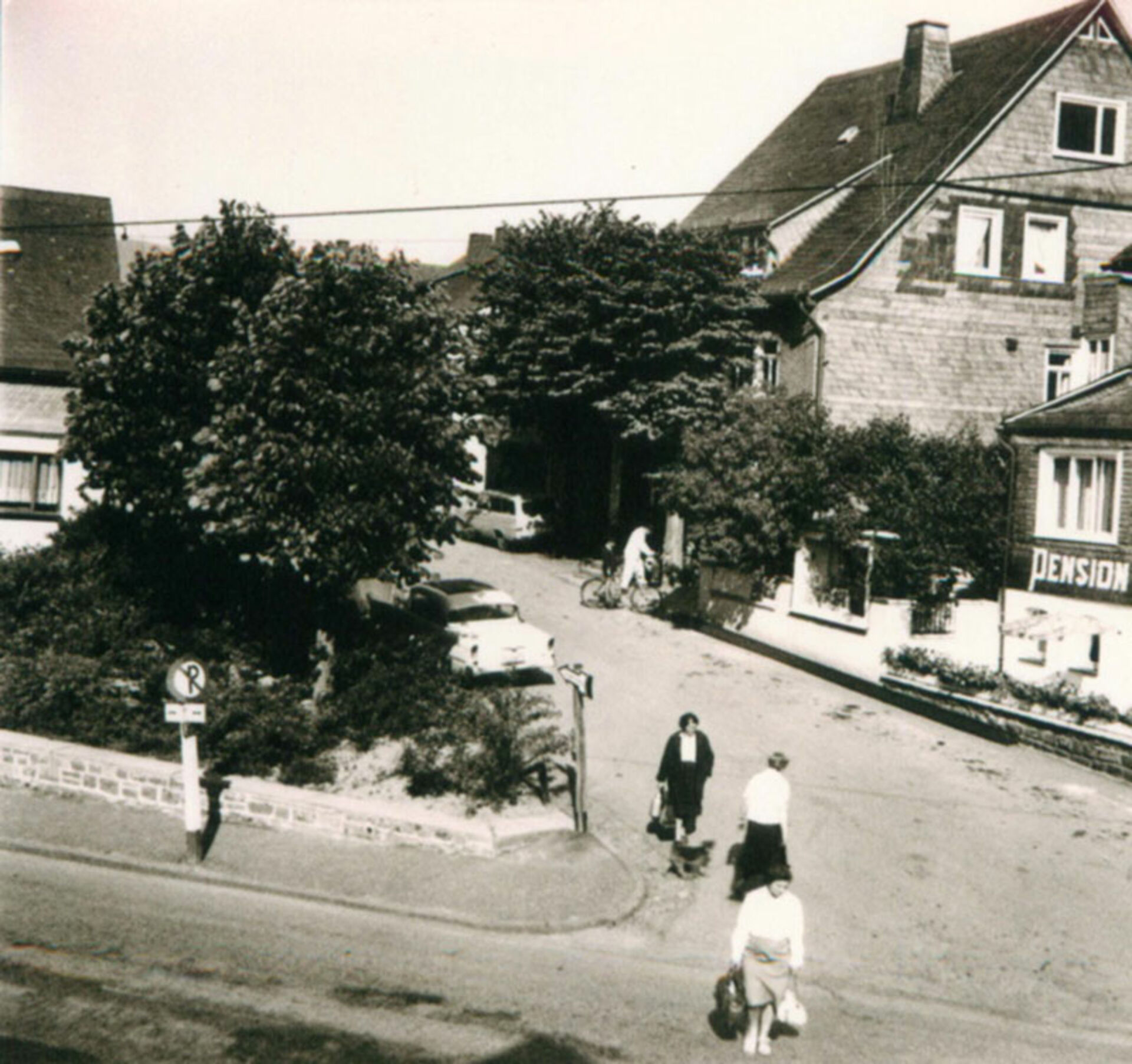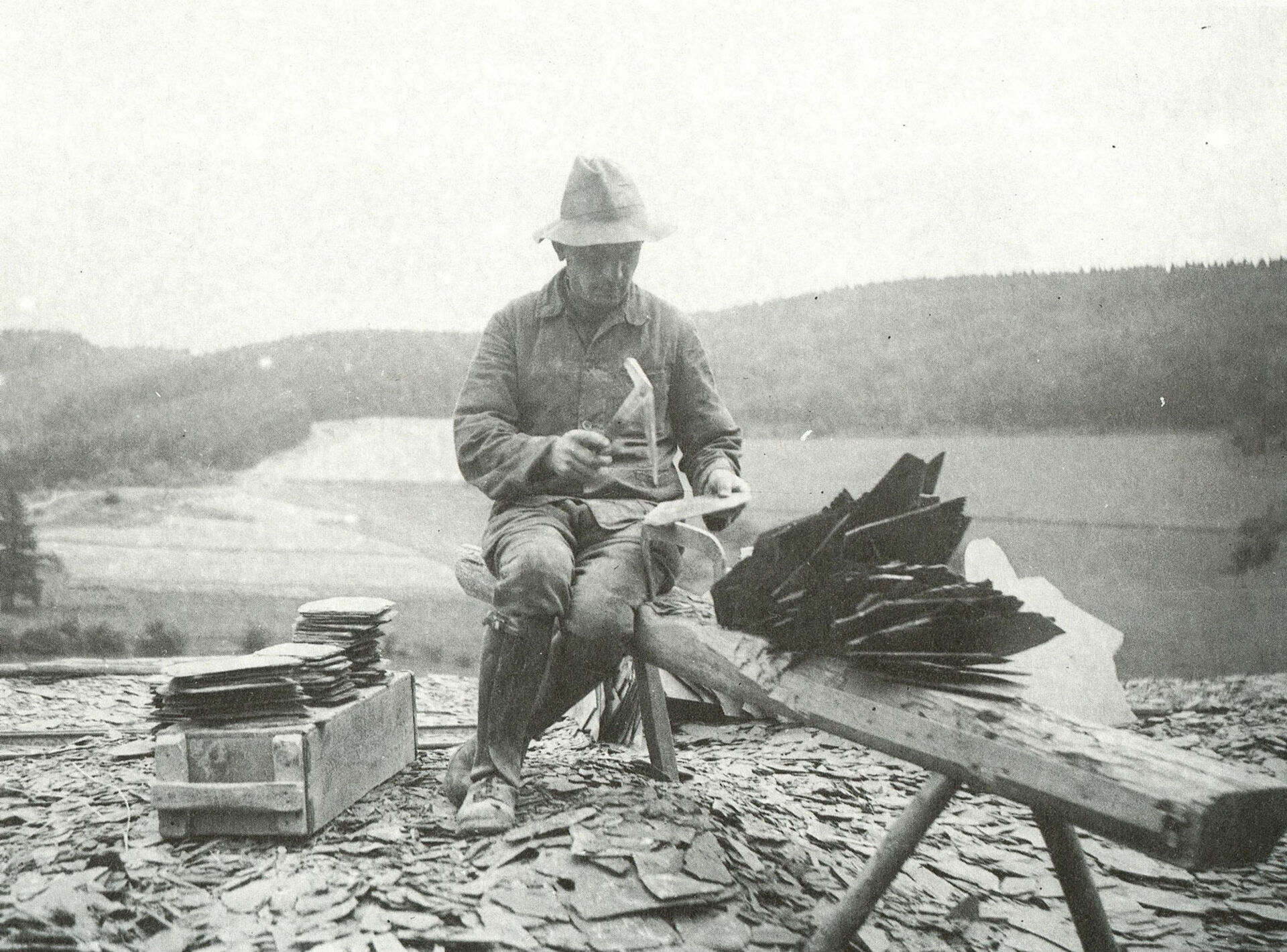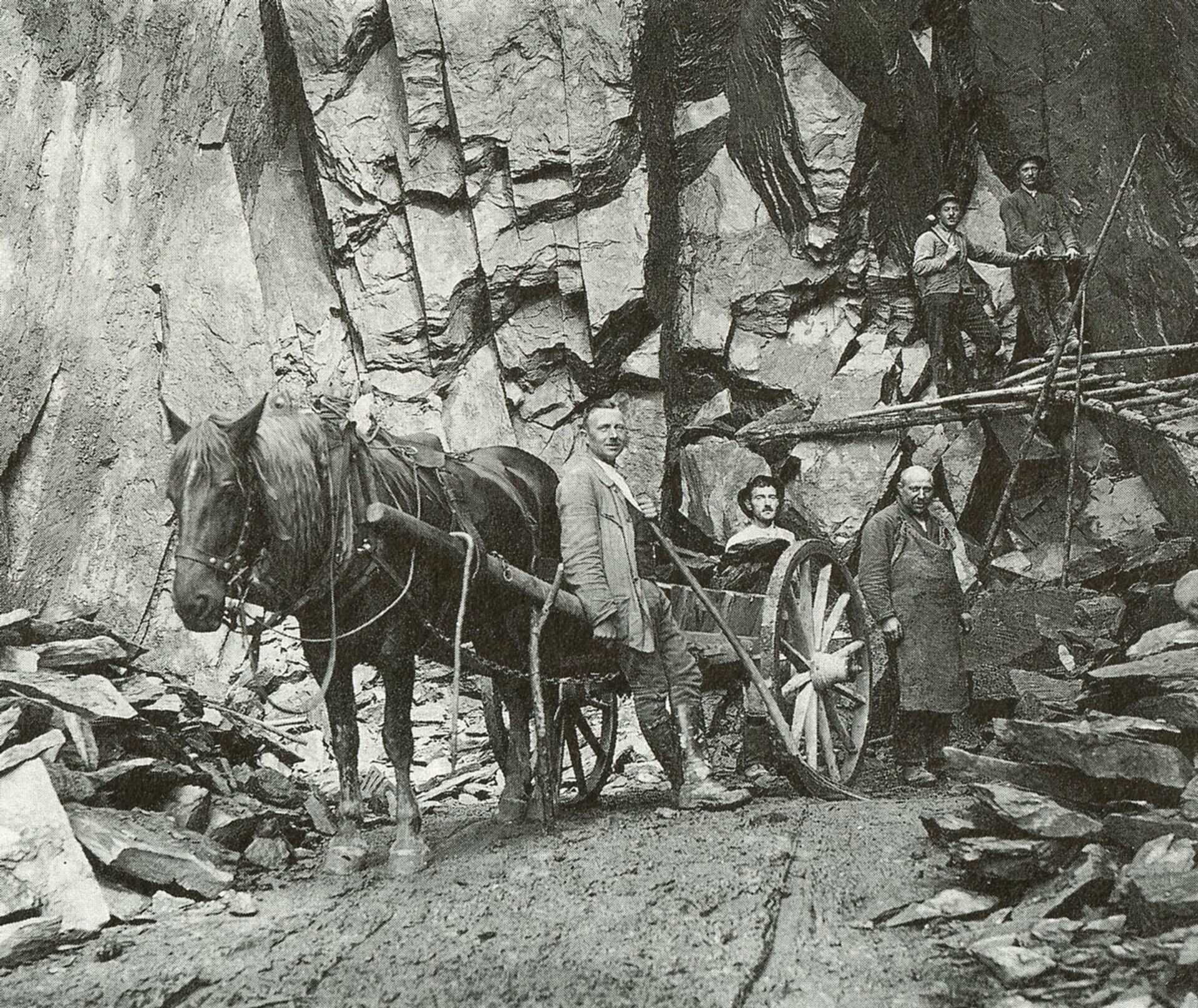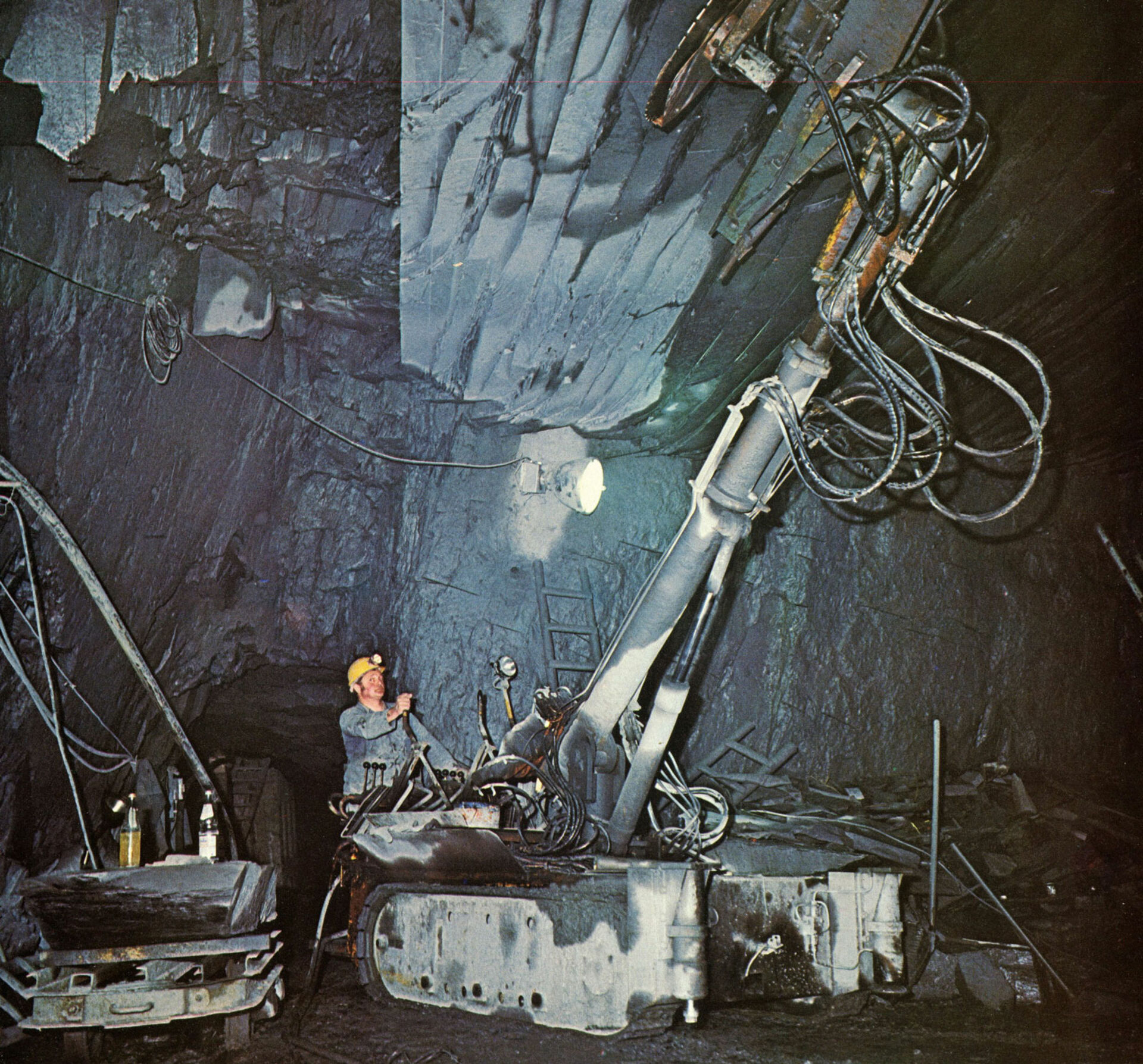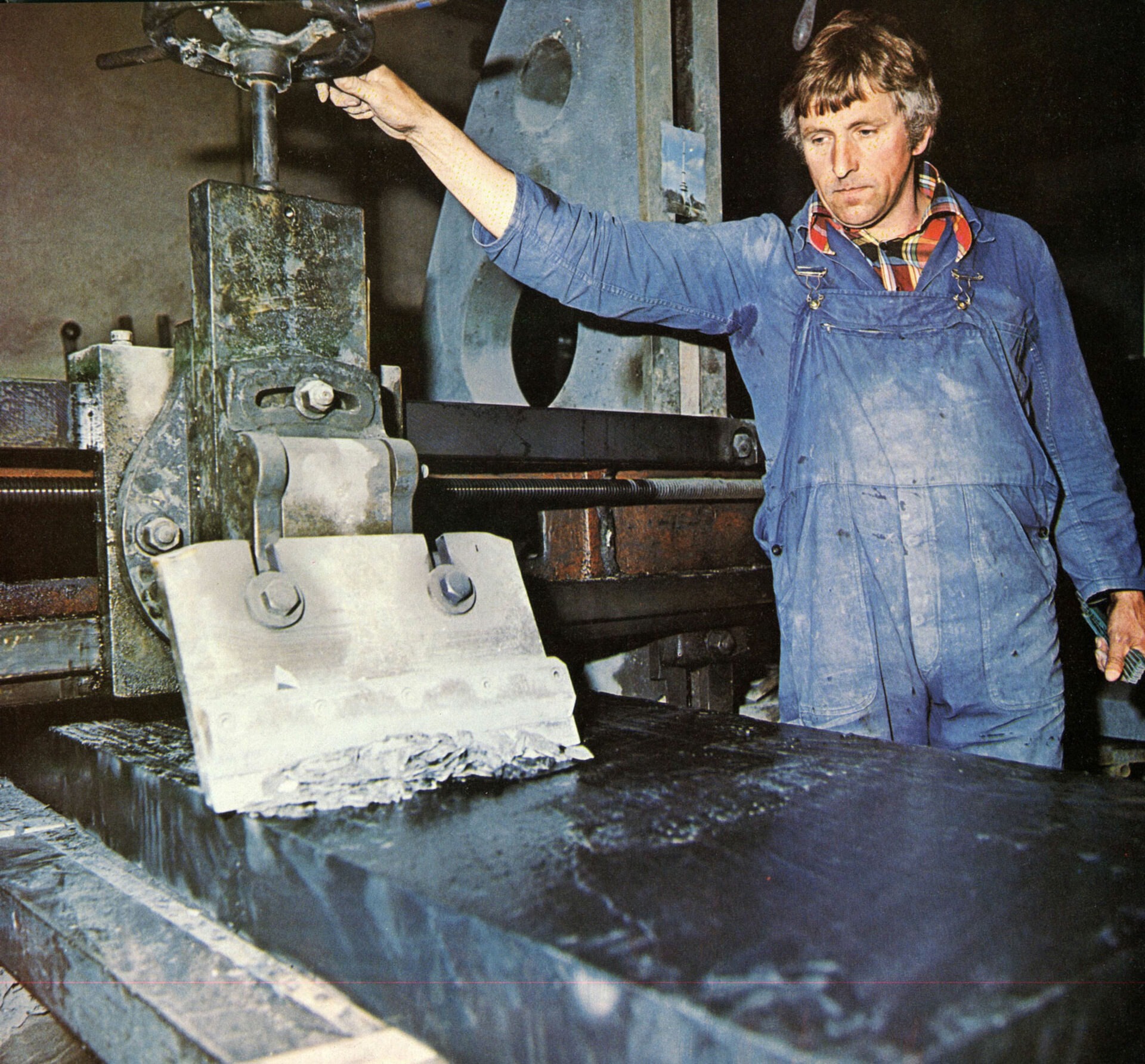Slate
Ecologically valuable and versatile
Information point:
- Südstraße 3: town house clad in slate, built in the classicist style after 1822; slate rock is visible on the opposite side of the street.
Slate mining
Almost all Schmallenberg houses have slate cladding on their walls and roofs; indeed, the town itself is built on slate rock: Today, slate is still mined in the town area by Magog GmbH, one of three remaining Sauerländer slate mines. Slate is a high-quality material: it is weather-resistant, very durable, requires little maintenance and is ecologically valuable due to its environmentally friendly extraction and good recyclability.
In the area around Schmallenberg slate has been mined since the 16th century. Slate mining developed into a regionally significant industry from 1850, boosted by the new Prussian Mining Act (slate became a proprietary mineral), railroad construction (improved transport) and the economic upturn in the course of industrialization (brisk construction activity and easier access to capital). A slate deposit worthy of construction was discovered by chance near Fredeburg in 1851 during the construction of a cooling cellar for a brewery; the "Bierkeller" slate mine was opened here in 1853, the neighboring "Magog" mine in 1859, the "Gomer" mine in 1880 and other mines in the surrounding area. Most of the pits in this area were deep mines.
The slate boom cooled off considerably around 1900: between 1872 and 1912, production fell by more than half due to high customs duties, which prevented exports, and rising production costs (higher wages, freight tariffs). Slate mining was briefly revived during the reconstruction phase after the Second World War. From 1970 to 1982, the "Bierkeller", "Magog" and "Gomer" pits were merged, creating a mine workings with a strike length of 1000 meters. In 1996, the "Bierkeller" mine was closed down. Through rationalization and mechanization, Magog GmbH succeeded in Bad Fredeburg to absorb some of the high production costs and remain in the black. The replacement of drilling and blasting technology with sawing technology also improved working conditions for the workforce and reduced overburden waste. New sales areas (bathroom and kitchen tiles) and the development of new products (including slate veneer) opened up additional markets.
Use of slate in Schmallenberg
In Schmallenberg around ten roofing and joinery companies still work with slate on a regular basis. Around 30 percent of all roof coverings are slate coverings. Laying a slate roof is a demanding craft: Knowledge is taught in roofing schools such as in Eslohe. However, it is also very important that the traditional knowledge, which has developed in family businesses such as the over 100-year-old Schmallenberg-based company Pein, is also due to its proximity to the traditional quarrying areas in the Schmallenberg and Fredeburg area. Many of the Schmallenberg companies are therefore also active nationwide.
The company Fischer & Fischer has tapped into a market niche: since 1980, it has been producing loudspeaker boxes from slate. By chance, the entrepreneurs replaced the traditionally used building material wood with slate and had excellent experiences with it. Slate is characterized by its low resonance, its mass and its aesthetics: Its layers, folded on top of each other like puff pastry, provide a high level of insulation; in addition, slate can be processed more thinly and therefore more aesthetically than wood.


